I used to struggle with hormone imbalances. Regular pain and emotional dark times filled my days with sadness and hopelessness. It felt like I was on a never-ending roller-coaster, and I longed for some peace, release and balance.
Then I discovered what nature has to offer. I learned to implement a holistic approach to wellness. Slowly but surely, I realized that our wellbeing truly lies within our own hands. This discovery changed everything for me. I found a way to feel calmer, more in control, and able to enjoy life again.
Now, I help women who want to live on their own terms. I guide them to enjoy each phase of life with ease, staying healthy and natural.
If that’s you, get in touch—I’d love to help.
Contact
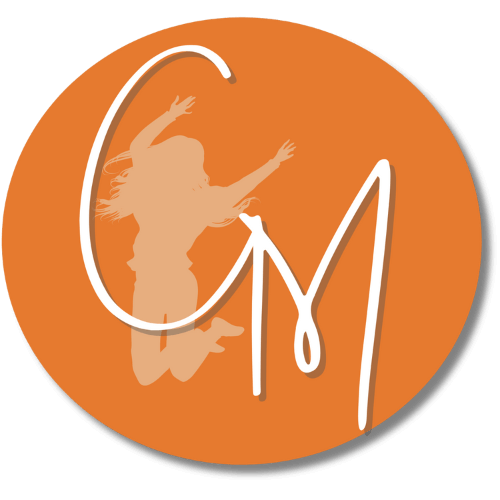

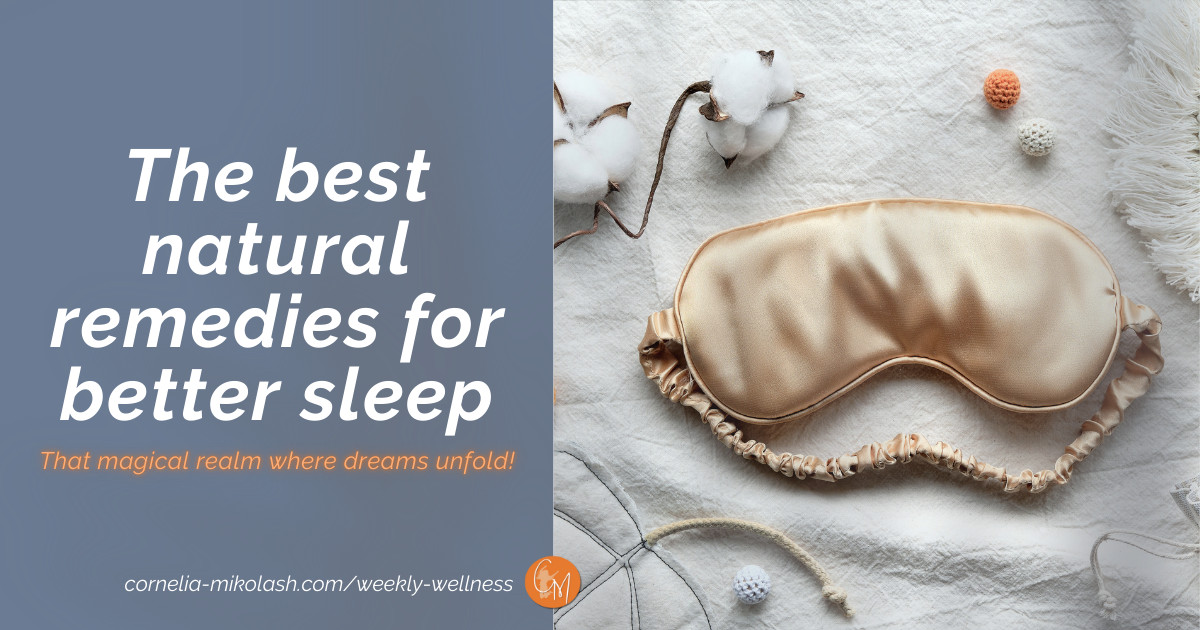
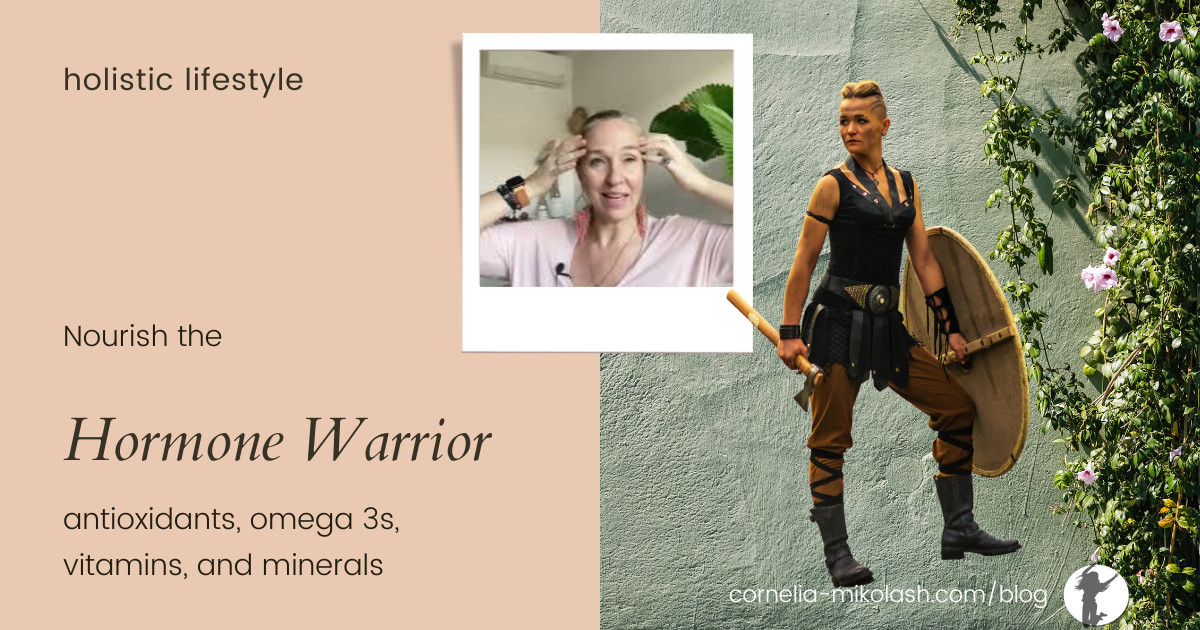
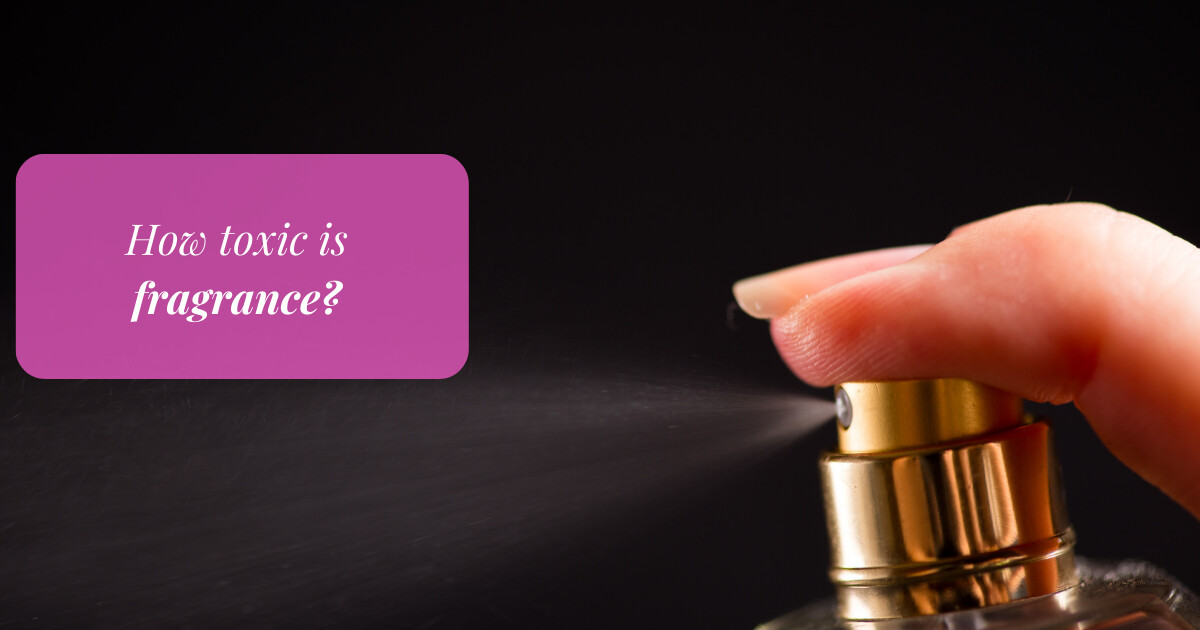

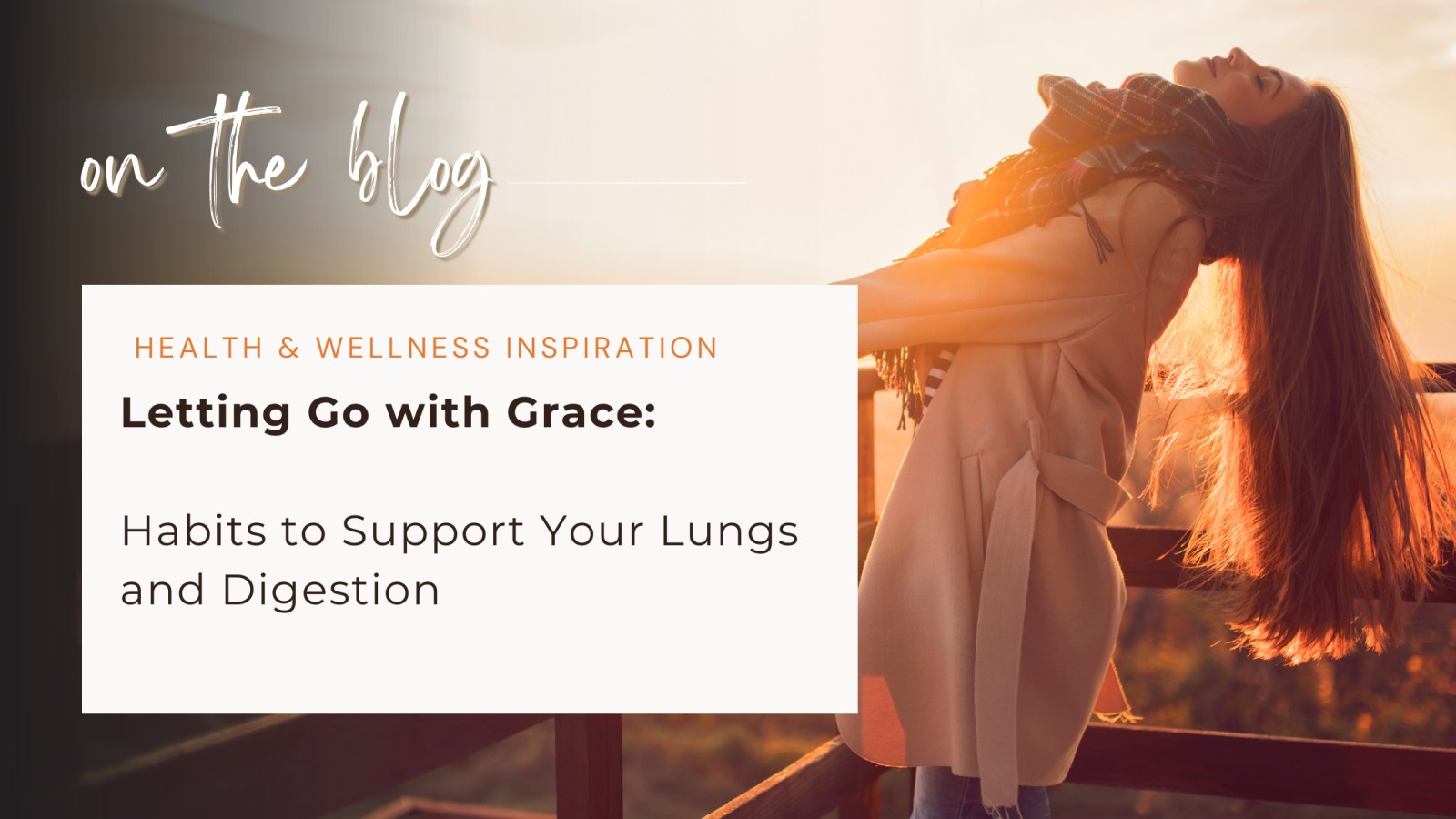


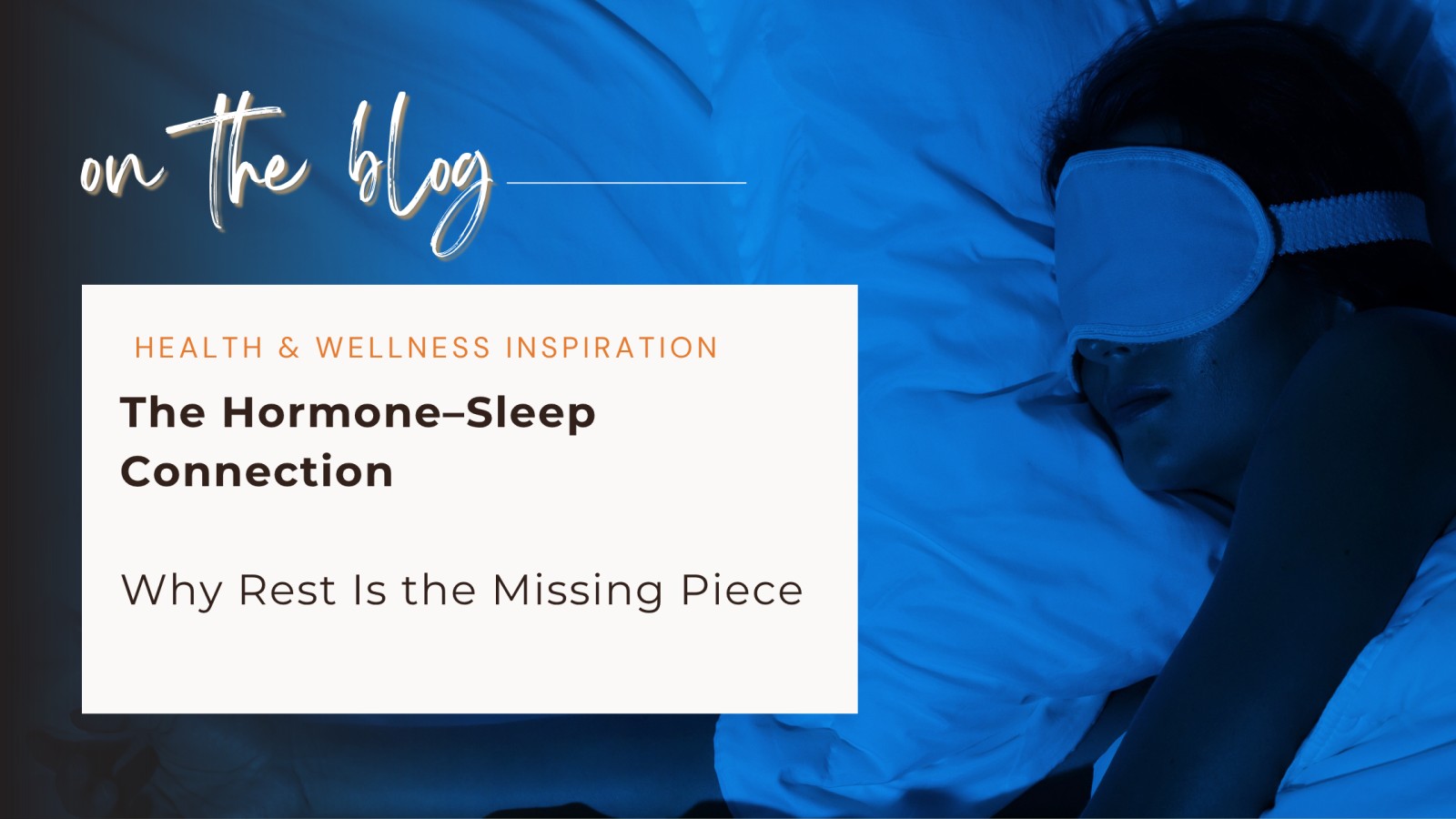

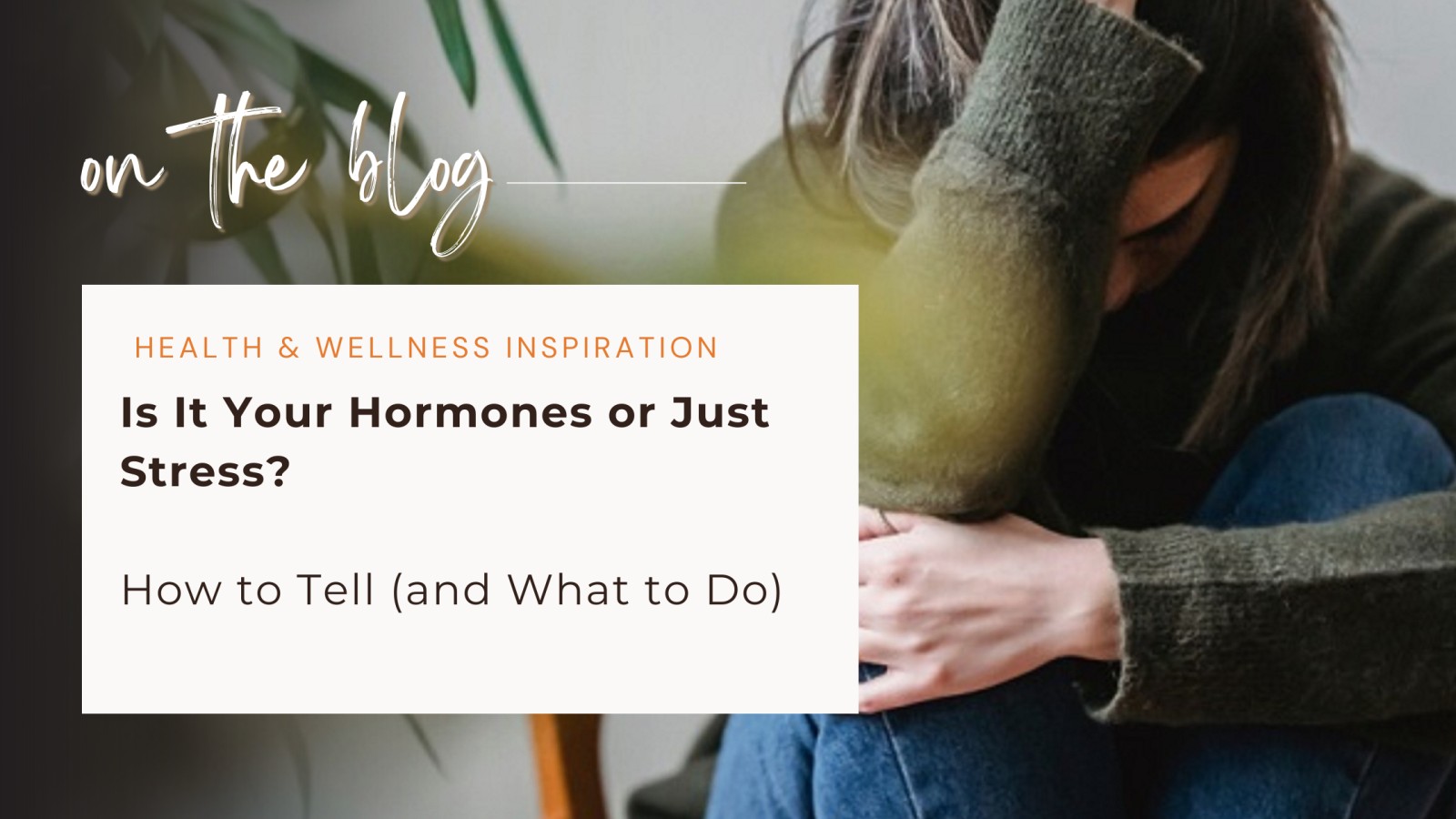
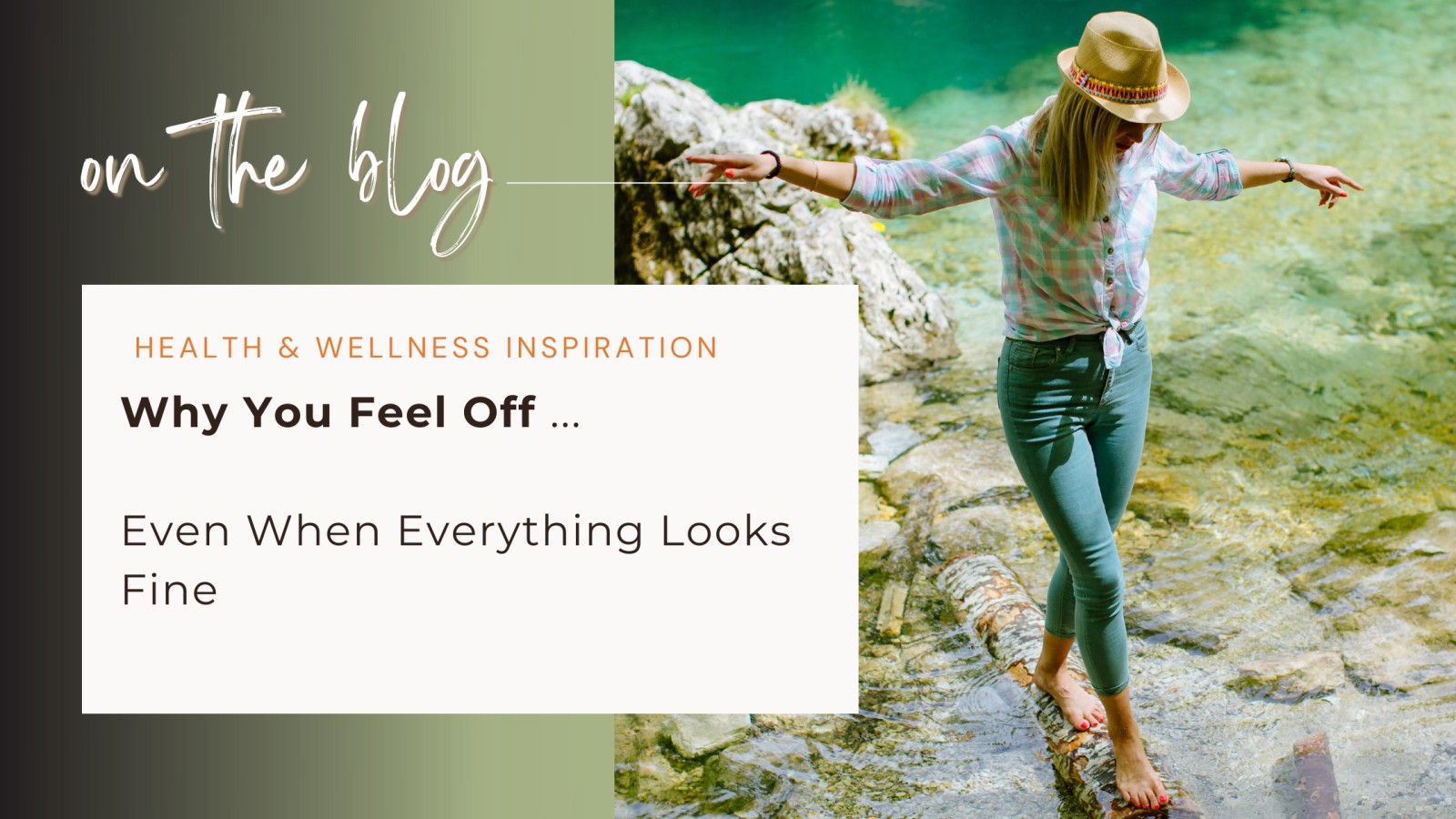




0 Comments